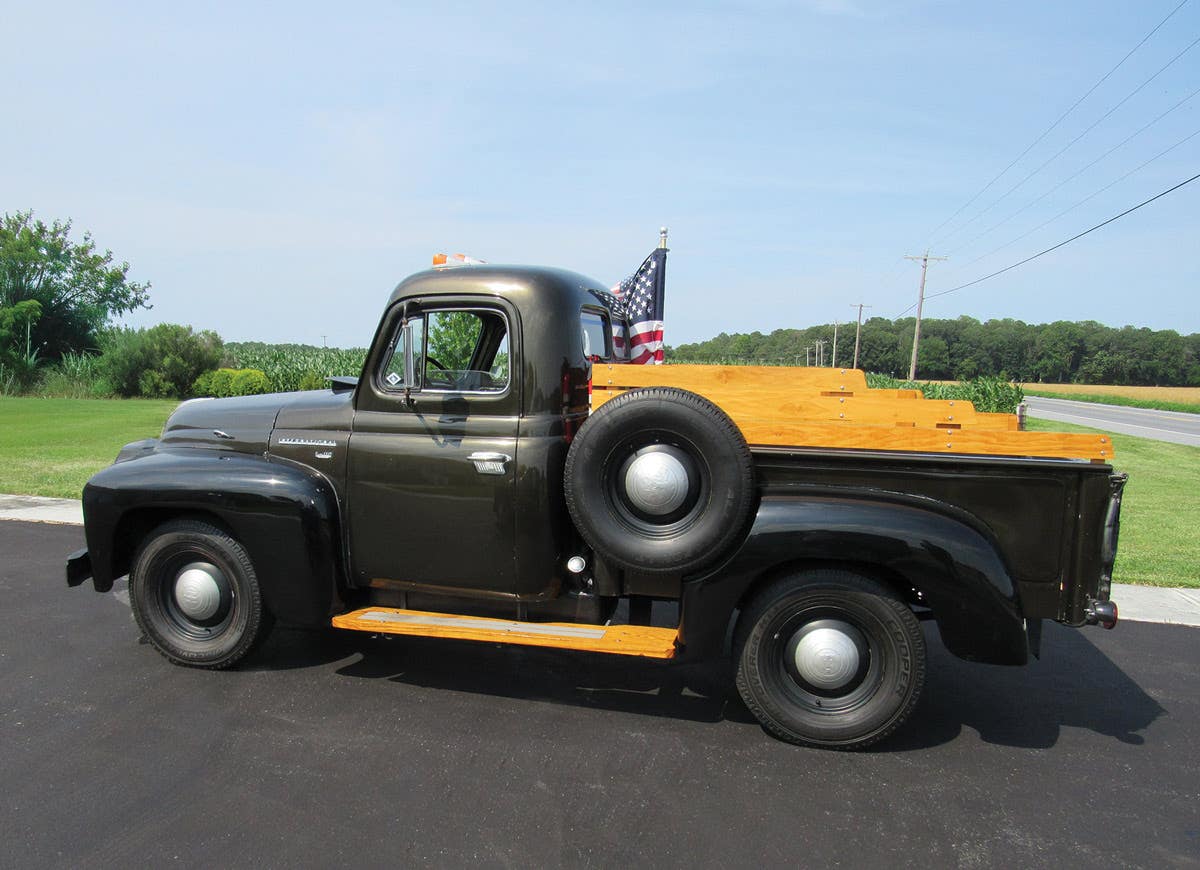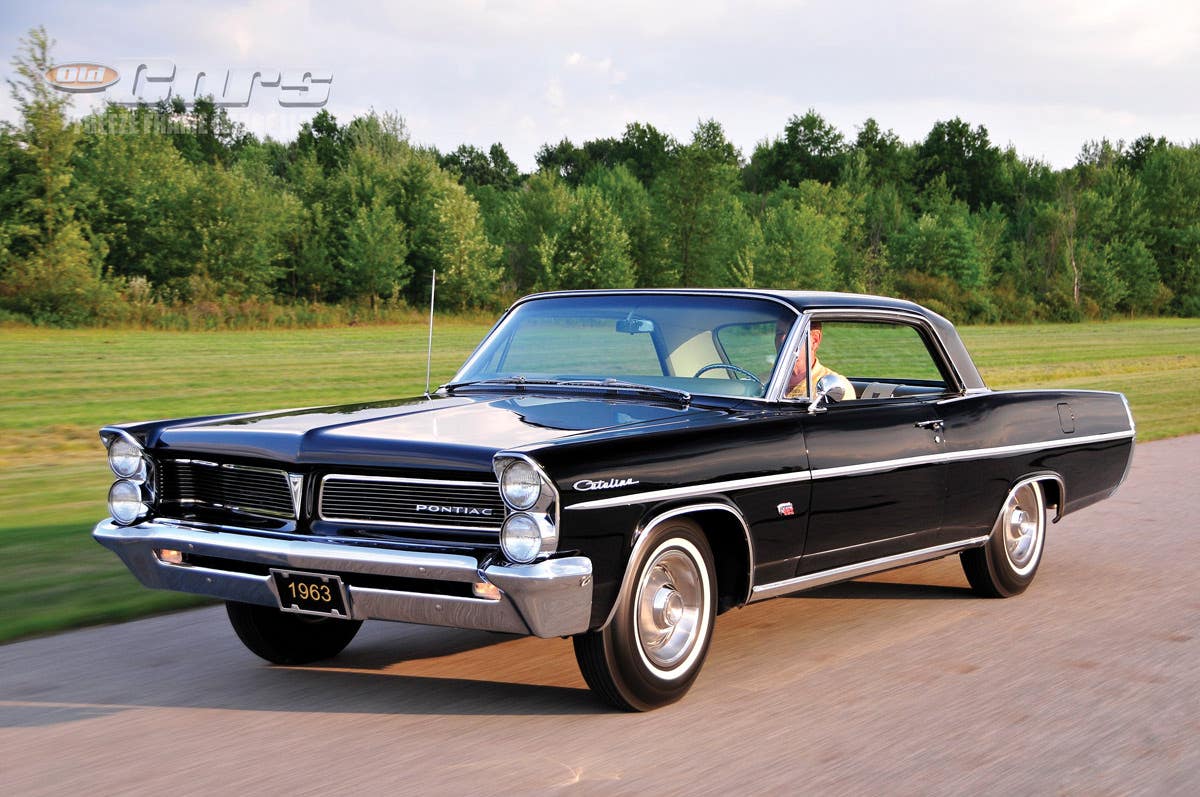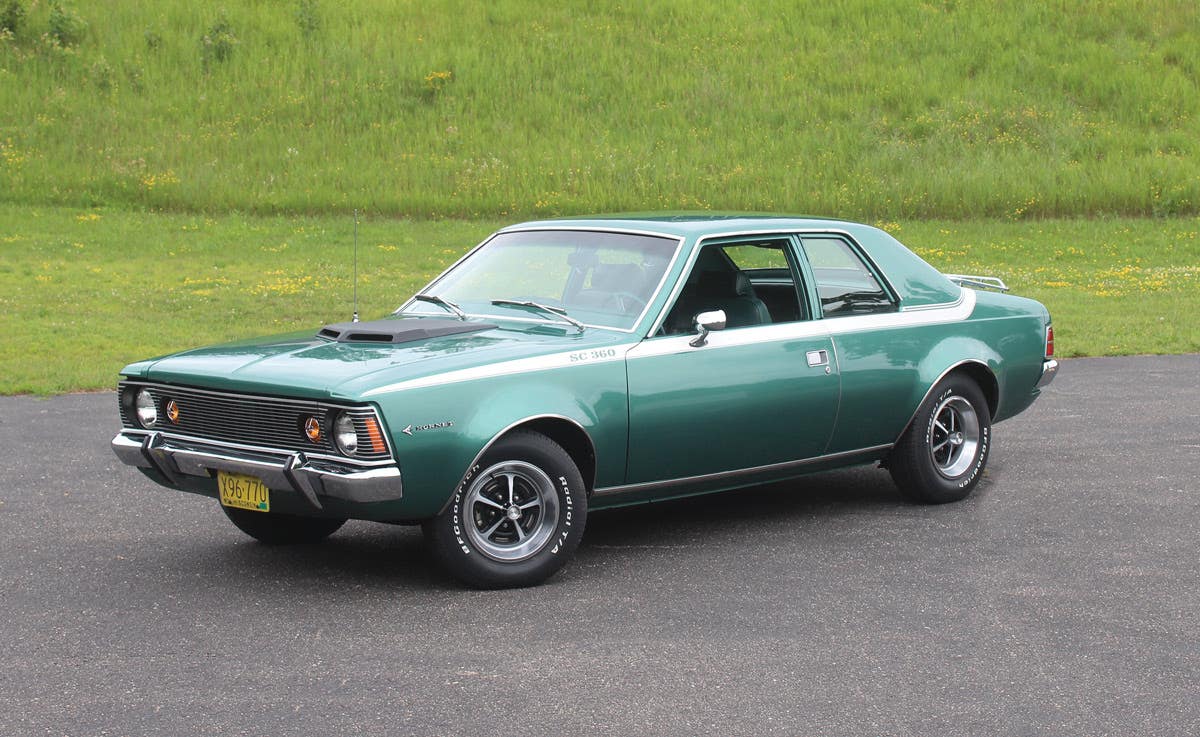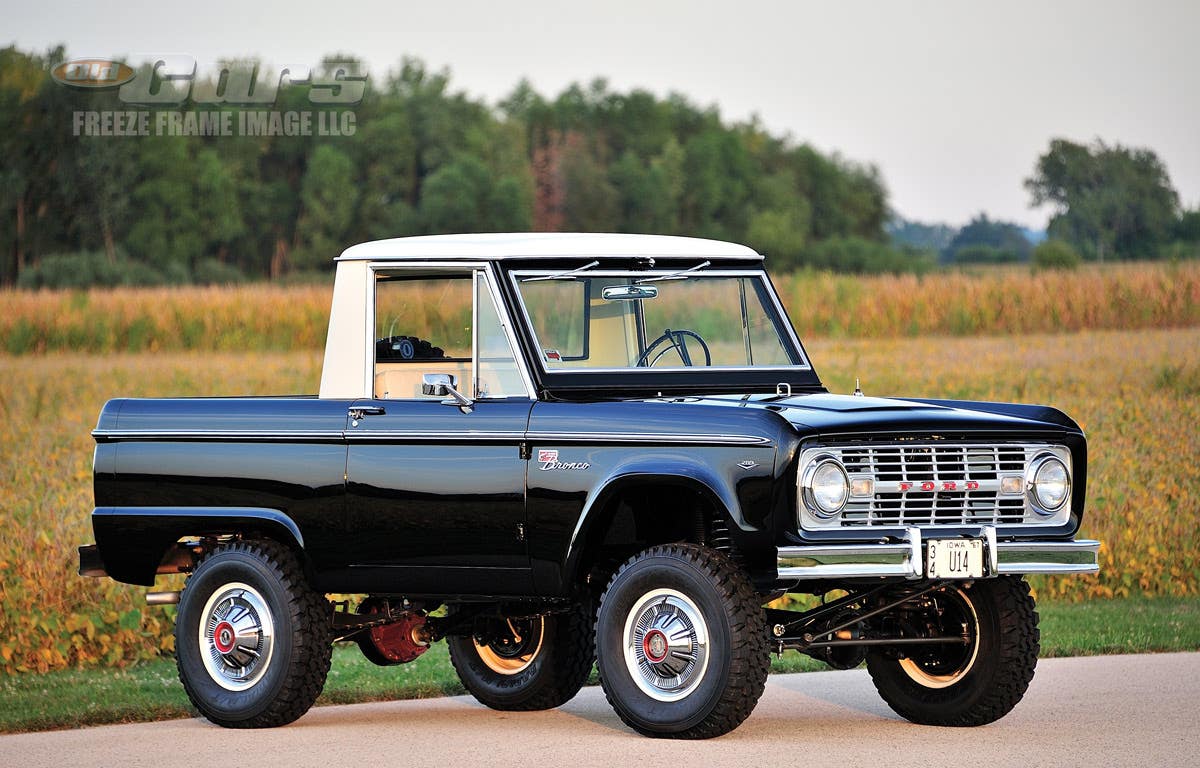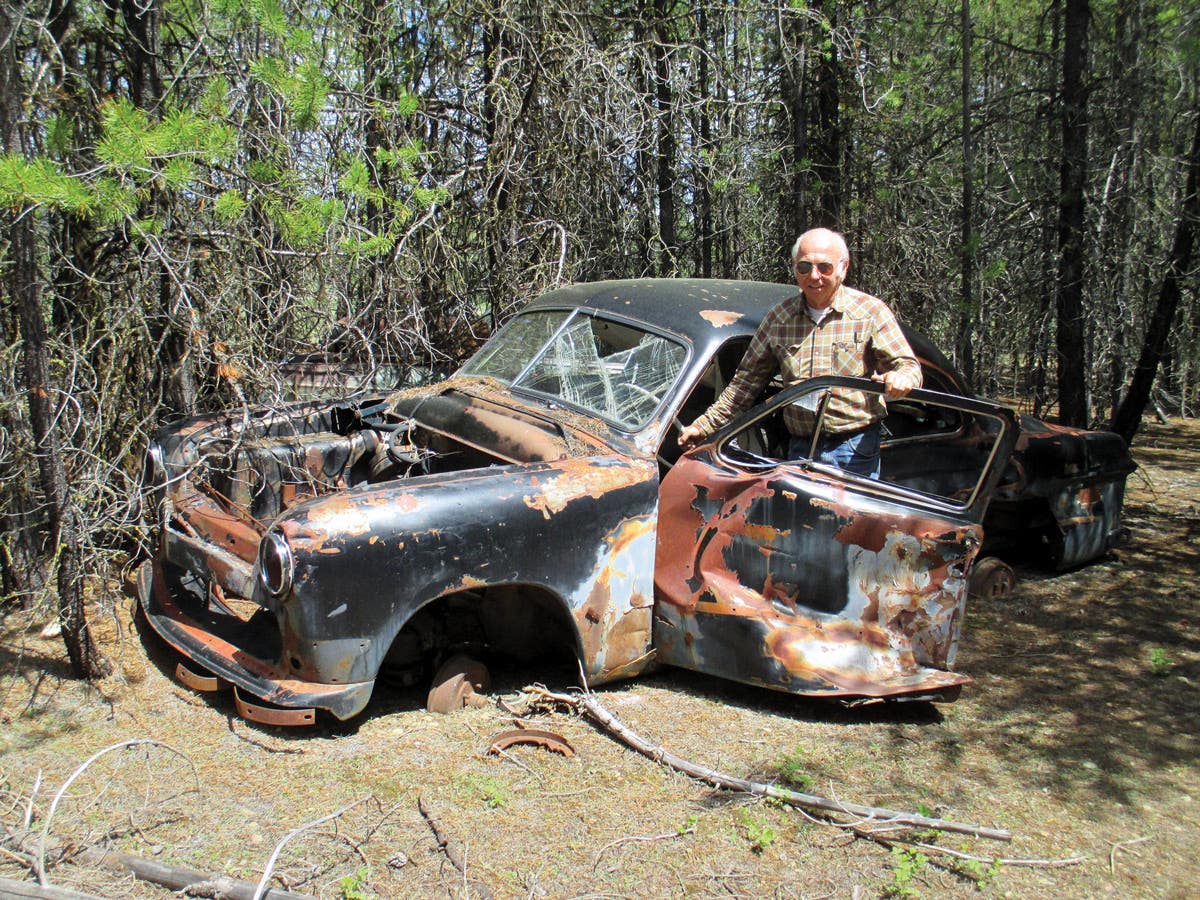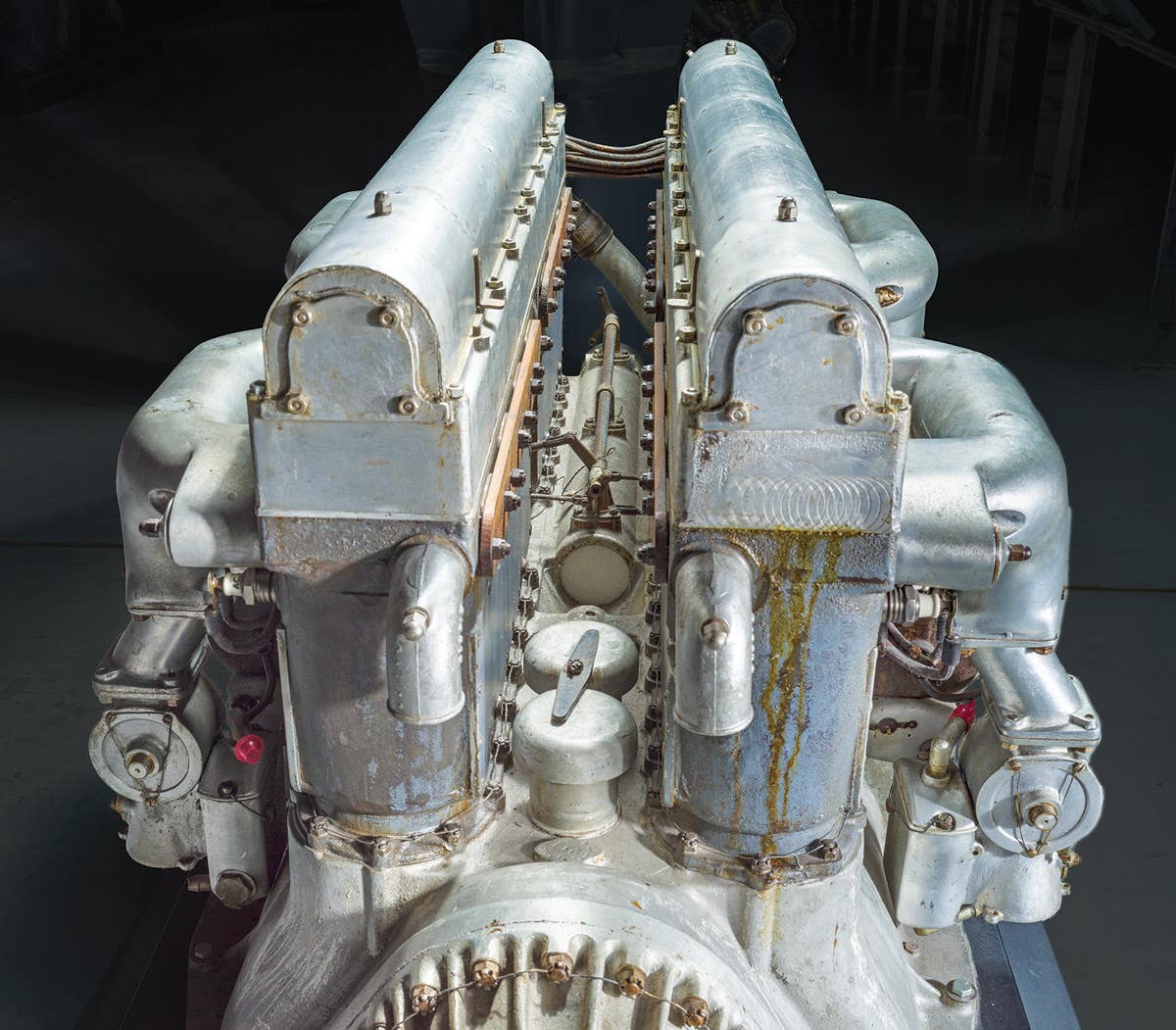Car of the Week: 1971 Dodge Charger Super Bee
The last of the ‘Bees! The 1971 Super Bee was indeed a Charger — and it was worth remembering!
Scott Frye was told so many times that his 1971 Dodge Charger Super Bee wasn’t legit that he was starting to have some doubts himself.
The Sobieski, Wis., resident had bought his cool MoPar as a fixer-upper when he was still in high school. He was pretty happy with his purchase at the time, but then the naysayers — who didn’t really know what they were talking about — had him questioning whether he had been duped.
“You never heard of the ’71 Super Bees. You always heard of the ’68 through ’70s, but you never heard of the ’71,” says Frye, who showed off his hot Dodge at last summer’s Iola Car Show in Wisconsin. “And I remember the first three years I had it, I can’t tell you how many people said, ‘They never made a Super Bee in ’71! This is a Dodge Charger. They never made a Charger Super Bee!’ But they did, one year.
“And I was a young kid, and I didn’t know. I’d say, ‘Well, where did these Super Bee stickers come from, and all the decals? Why would somebody do all that?’ It wasn’t until I went to the MoPar Nationals and started seeing some other ones that I knew for sure that they made them.”
It was a couple trips to those national meets that actually changed the future for Frye’s ’71. Instead of just looking at the car as some cool, muscular daily transportation, he started hatching bigger plans.
“People were telling me how rare they are, how you never seen ’em. You would never even see them in the magazines,” he adds. “I said, ‘I gotta go through this car. I gotta go through everything and, you know, make it right …And the rest is history.”
The bad news when Frye bought his Super Bee back in 1984 was it had been the victim of neglect and had sat outside for quite a while, wasting away through some hostile Wisconsin winters. The good news is that it was still in remarkably good shape — probably in large part due to the aftermarket rust-proofing it got when it was new. Plus, Frye had already gotten some practice fixing and restoring MoPars by the time he and a friend decided to go check out a group of cars for sale in a barnyard stash that they had heard about.
“My first car was a 1970 Dodge Cornet 500 that my dad bought me for 100 bucks,” he laughs. “I worked on that car for a year, and then my friend called me one day and said, ‘You’ve got to come and check out this barn full of cars!’ So we went there, and it was like something you would see on the Internet, where you see an old barn or a field and all you see is MoPars everywhere! It was unbelievable. We were walking around and I asked the guy, ‘Are you selling anything? Is any of this for sale?’ And he says, ‘Everything is for sale.’ So I saw this car and I talked to my parents. We agreed on a price … He had this one behind one of his sheds or garages, and it was still covered up under the snow. And I remember he had to drag it out of the mud in, like, April or March.”
Bright red 1971 Super Bees are easy cars to take notice of, and Frye was pretty certain he remembered seeing the car in question driving around in Green Bay a few years earlier. Sure enough, the car had been sold originally at a Green Bay Dodge-Chrysler dealership and Frye was the third owner. And fortunately, the first owner apparently had some admirable foresight when he decided to shell out for some rustproofing.
“It had that Ziebart sticker in the rear quarter window on it when I bought the car in 1984,” he says. “Later on I got a chance to talk to the original owner, and he said it was done right out of the factory… It did not need a lot of bodywork. There was some rust in the rear quarters, but it was in good shape.”
The clincher was when the the second owner actually got the car running for Frye before he handed over the key.
“Yeah, it ran! He did get it running! He had been driving it previously, but for some reason he lost interest in it. I think it was four or five years, sitting in his back yard, outside.”
1971: A BRAND NEW BEE
The Charger was a whole new beast for the 1971 model year. With the Coronet now purely a four-door, Dodge used its only remaining midsize B-body coupe — the Charger — to spawn a whole new Super Bee. It turned out to be a one-year wonder and the only Super Bee based on the Charger.
The 1971 Chargers had a semi-fastback roofline with a flush rear window and an integral rear deck lid spoiler. The Charger Super Bee was manufactured using the same restyled body and was aimed at the same market niche as the old Coronet Super Bee and still represented a value-priced but serious high-performance package.
For a base price of $3,271, Charger Super Bee buyers could get a “base” model that included a standard 383-cid Magnum V-8 that cranked out 300 hp. The engine used a single four-barrel carburetor and came attached to a three-speed manual transmission with a floor-mounted gear shifter. The hood had a “power bulge” with a flat black finish, and on the sides were special tape stripes and bumblebee decals.
The interior was similar to that of the Charger 500, but featured bucket seats. The Rallye suspension package included heavy-duty front torsion bars, heavy-duty rear springs, a front anti-sway bar, heavy-duty shock absorbers all around and heavy-duty brakes (11 x 3 inches up front and 11 x 2.5 inches in the rear). The standard tires were fat F70-14 black walls with white lettering. There was also a lengthy list of goodies on the options list.
All Charger Super Bees carried a big-block V-8. For guys who wanted to go up the ladder from the 383, there was a 440 with “Six-Pack” carburetion or the 426-cid Street Hemi. Unlike the 8.7:1 compression base engine, these muscle car mills had high-test hardware and offered 385 or 425 hp, respectively. The optional goodies list also included: a functional Ramcharger hood scoop, color-keyed bumpers, a Super Trak-Pack performance axle (with up to 4.10:1 gearing), a four-speed gear box with Hurst “pistol grip” shifter, a dual-point distributor and heavy-duty cooling aids.
The 440 Six-Pack Charger Super Bee was now advertised at 385 hp. It did 0-to-60 mph in 6.9 seconds and the quarter-mile took 14.7 seconds. With a Hemi V-8, this 3,640-lb. machine moved into the same bracket as the original Charger 500, needing only 5.7 seconds to get up to 60 mph and a mere 13.7 to reach the traps at a drag strip!
Only 22 1971 Charger Hemi Super Bees were built, nine of which had four-speeds. The rest had had TorqueFlite automatics.
Only about 5,054 Super Bees were built for 1971 (4,325 for the U.S. market), making the ’71s the rarest of the four-year run. The majority of them — 2,889 — carried a 383 Magnum with an automatic transmission, like Frye’s car.
LIFE-LONG BEE KEEPER
Frye was too young and poor to think too much about restoring his Super Bee the first few years he had it. He still shakes his head in disbelief at the idea that he’s had the car for 40 years now.
“Ha! I was just a young kid working at McDonald’s! I eventually became a mechanic and started working at the airport, and then I started going to the MoPar Nationals and started seeing more of these cars,” he recalls. “But I drove it the way it was for the first 3, 4, 5 years. The original tail lamps were all cracked and stuff, but when I got it everything was there, it just needed some work.”
It wasn’t long, though, before Frye faced his first major crisis with the car, and a big decision to make.
“Back then, us kids, we didn’t know anything about numbers matching or VIN numbers or matching blocks and transmissions,” he says. “And I had blown up the motor probably within the first year I got it! And I took the motor out and I just bought another one, I think I bought a 440 … And I remember talking to someone and they said, ‘You gotta check your block.’ So he showed me how to match up the VIN on the block to the VIN on the dash, and sure enough it was the original motor. And back then we were moving from apartment to apartment, and duplex to duplex, and I carried that thing all over! At one time that block was being used as a table in my living room! I put a 4x8 piece of plywood over it!”
It took a few years, but Frye eventually restored the Super Bee from bumper to bumper. He did all the parts chasing, handled all the paint and bodywork himself, and even tackled the upholstery work. His wife Julie helped him fit the new vinyl top.
“Really, about the only thing I didn’t do myself was the machining on the block,” he says. “This is the way it would have left the factory. Factory FE5 Bright Red, factory white interior, factory spoiler … concealed headlamps. The only thing we really changed was the white vinyl top, and on ’71 Super Bees that hood insert, the louvered section that I have on this car is from a 71 Charger R/T. The Super Bee unit was fiberglass and was a little different, but the hoods are the same. You could change the center pieces. I just like the louvered section better.”
Oh, and there’s the little change in the bottom end that nobody can see, either, but shows up when Frye really flattens the gas pedal.
“I did put a 440 crank in it. It’s kind of a stroker now! It pulls about 500 horse [laughs]. But the engine compartment looks almost like it left the factory. Original air cleaner, original exhaust manifolds.”
These days, the bright red ’71 certainly sounds and runs as good as it looks thanks, in part, to the regular exercise it has gotten for the past 30-plus years. The odometer says just 47,000 miles, but Frye has never been sure how accurate the total has been.
“The title from 1984, they put on there ‘cannot verify mileage,’” he notes. “I really don’t think it was turned over, but somebody might have replaced a dash bezel at some point. I can’t verify it.
“But I’ve always driven it. Back in the ’90s and early 2000s, we’d go to car shows it seemed like almost every weekend. There’s a few stone chips, but I can’t worry about that stuff anymore, because then you won’t enjoy it. Buying a restored car like this today would cost you so much money, and then the first stone chip you get ….”
One thing is certain: the car is never going to wind up neglected or put out to pasture again while Frye is around. And it’s not going to have any other owners, either.
“I can’t imagine ever not having it after all these years,” he admits. “Not after all it’s been through. I can’t tell you how many apartment buildings, how many garages, it’s been in! … Now I’ll probably die in it.”
Love MoPars? Here are a few more articles for your reading enjoyment.
SHOW US YOUR WHEELS!
If you’ve got an old car you love, we want to hear about it. Email us at oldcars@aimmedia.com



